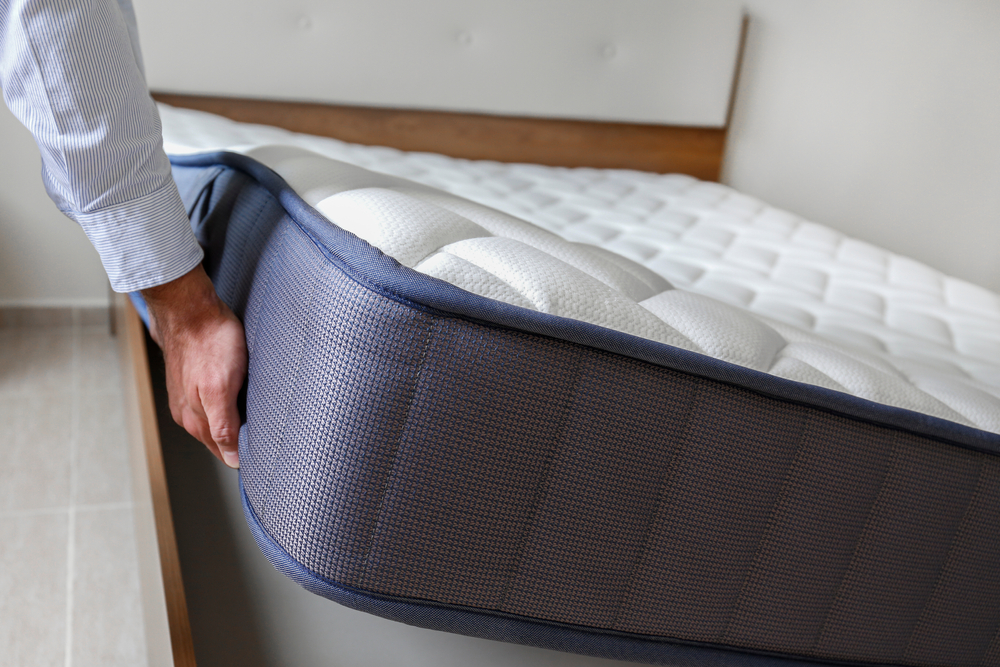Comforters: How to Choose, Use, and Care for Them
A comforter is a central piece of bedding that affects warmth, comfort, and the look of a bedroom. This article explains what a comforter is, common materials and construction, how to pick the right size for your bed, ways to style it with other bedding, and how it differs from a blanket. Whether you’re refreshing a guest room or replacing an old duvet, understanding these basics will help you choose a comforter that fits your sleep preferences and room design.

What is a comforter and how is it made?
A comforter is a thick, quilted blanket filled with insulating materials (fill) and encased in a fabric shell. Construction typically includes a stitched or baffle-box design to keep fill evenly distributed, preventing cold spots. Common fills include down, down alternative (synthetic fibers), wool, and cotton. The shell fabric is usually cotton, microfiber, or blends chosen for breathability and durability. Thread count and fabric weave influence feel and longevity. Knowing construction details helps you evaluate warmth level, weight, and maintenance needs.
How to choose a comforter for your bed
Measure your mattress and consider whether you prefer a fitted, spill-over, or tucked look—standard sizes (twin, full/queen, king) guide selection but drop length matters for framed beds or deep mattresses. Consider warmth: lightweight for warmer climates or summer, medium for year-round, and heavyweight for cold winters. Match the fill’s warmth rating (tog or grams for some brands) to your sleep temperature. Also think about hypoallergenic options, machine-washability, and whether the comforter will live inside a duvet cover or be used on its own.
Which bedding materials and fills are common?
Down offers high warmth-to-weight ratio and compressibility, while down alternative uses polyester or hollow fibers for easier washing and allergy concerns. Wool regulates temperature and resists moisture, and cotton provides breathable, natural comfort. Microfiber shells are soft, affordable, and often wrinkle-resistant. Each material has trade-offs: down is durable and insulating but may require professional cleaning; synthetics are generally machine-washable but can feel heavier. Choosing materials depends on priorities like warmth, ease of care, and environmental considerations.
How to style a comforter in your bedroom
Layering is a practical approach: start with fitted sheets and a duvet or cover, then add the comforter, and finish with blankets or throws for texture. Coordinate colors and patterns with curtains, rugs, and accent pillows to create a cohesive palette. For minimalist rooms, a neutral comforter can anchor the space; patterned comforters can act as a focal point in otherwise plain decor. Consider fabric weight and drape: heavier comforters add visual bulk, while lightweight ones give a breezier look. Lighting and headboard style also influence how a comforter reads in the room.
Comforter vs blanket: when to use each
A comforter is thicker and insulated for primary warmth, often used as the main bed covering. A blanket is typically thinner and more versatile—useful as an additional layer, a throw for living spaces, or a lightweight option during warmer months. Blankets can be made of wool, cotton, fleece, or acrylic and are easier to wash or replace. Use a blanket over a comforter for extra warmth or folded at the foot of the bed for a layered aesthetic. Choosing between them depends on climate, personal temperature preferences, and laundering needs.
Conclusion
Comforters are a practical and decorative part of bedroom bedding, with choices shaped by fill type, shell fabric, construction, and intended use. Selecting the right comforter involves balancing warmth needs, care preferences, and room aesthetics. Whether you opt for down, a synthetic alternative, or a wool option, attention to size, warmth level, and how it pairs with other blankets and bedding will ensure a comfortable sleep environment and a cohesive bedroom look.






